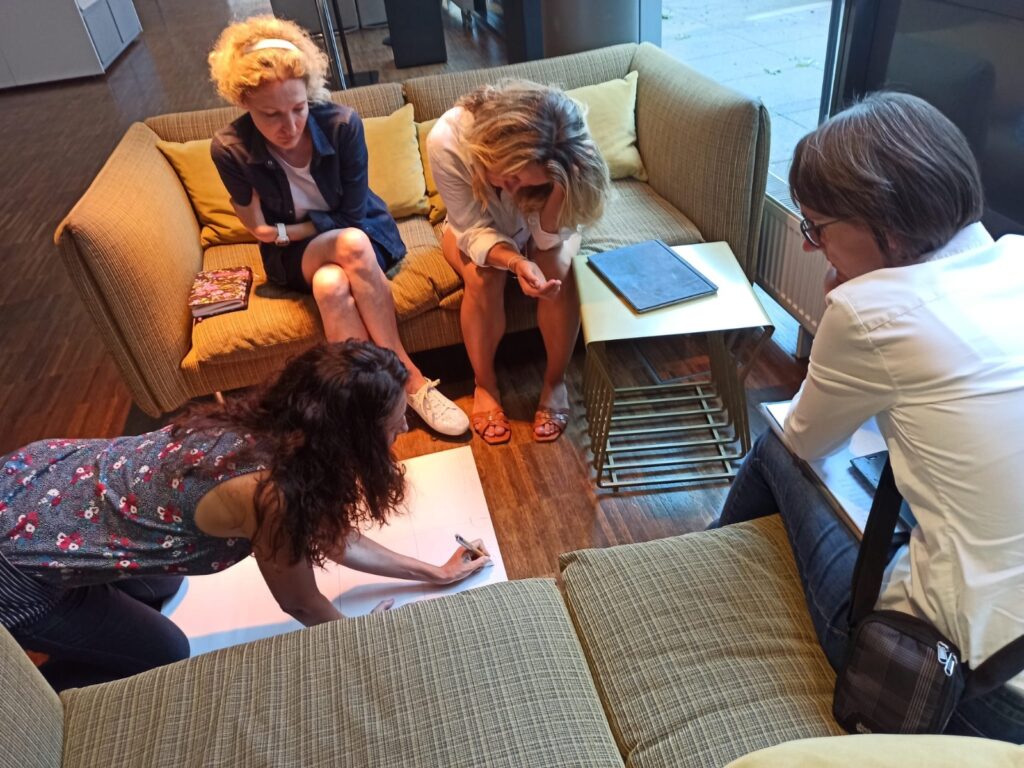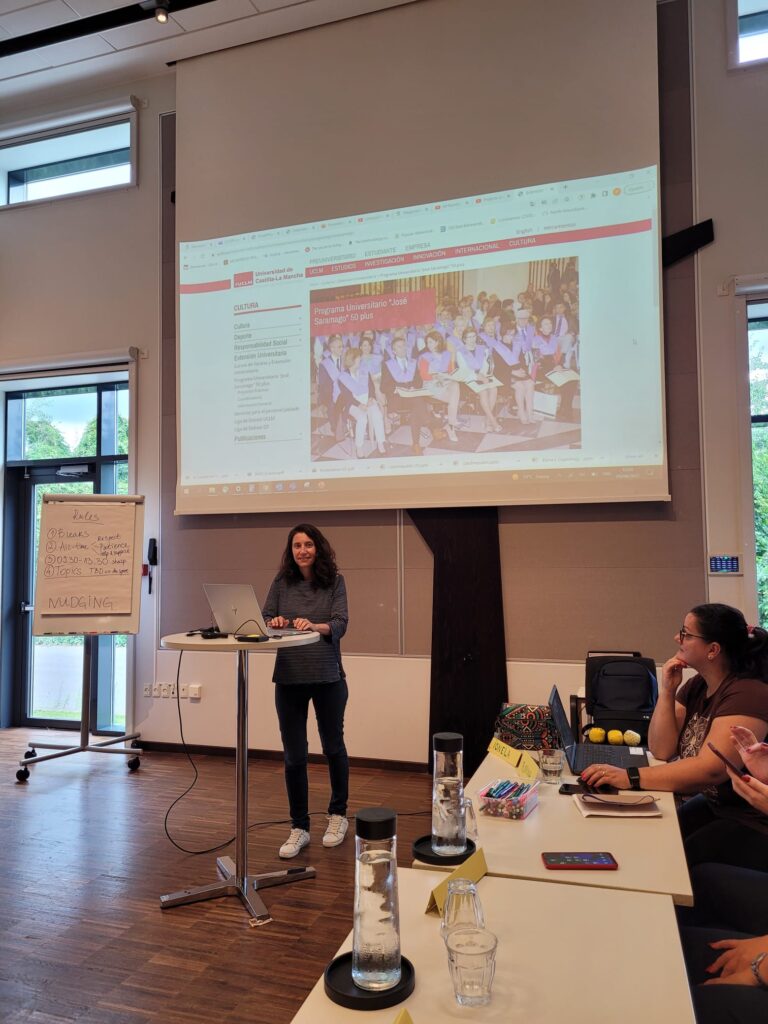
Project-based learning is a teaching approach that engages students in sustained, collaborative real-world investigations. Projects are organized around a driving question, and students participate in a variety of tasks that seek to meaningfully address this question. Student-centered teaching methods shift the focus of activity from the teacher to the learners. These methods include active learning, in which students solve problems, answer questions, formulate questions of their own, discuss, explain, debate, or brainstorm during class; cooperative learning, in which students work in teams on problems and projects under conditions that assure both positive interdependence and individual accountability; and inductive teaching and learning, in which students are first presented with challenges (questions or problems) and learn the course material in the context of addressing the challenges. Inductive methods include inquiry-based learning, case-based instruction, problem-based learning, project-based learning, discovery learning, and just-in-time teaching. Student-centered methods have repeatedly been shown to be superior to the traditional teacher-centered approach to instruction, a conclusion that applies whether the assessed outcome is short-term mastery, long-term retention, or depth of understanding of course material, acquisition of critical thinking or creative problem-solving skills, formation of positive attitudes toward the subject being taught, or level of confidence in knowledge or skills.
Learning Objectives/ Outcomes:
– Enrich communication skills, improve foreign language competencies, broaden professional vocabulary and promote EU’s broad linguistic diversity.
– Enhance skills to use various innovative teaching methods and techniques that are learner-centered, encourage solving of meaningful real-world tasks and develop transversal competencies;
– Generate ready‐to‐use materials and ideas to support school or organisational development in the field of innovative education with regards to interdisciplinary and holistic approach;
– Gain techniques for working with heterogeneous classrooms, support inclusion of various minorities into mainstream education based on democratic values, promote active participation in society;
– Apply Project – Based Learning as student-centered teaching method, encourage learning through spontaneous activities and solving meaningful real- world tasks;
– Balancing direct instruction strategically with project-oriented teaching methods;
– Invigorate the learning environment, energizing the curriculum with a real- world relevance and sparking students’ desire to explore, investigate, and understand their world;
– Integrate effectively technology into the curriculum: Boost skills in using open and digital resources, support development of digital skills and media literacy, increase capacity to trigger changes in terms of modernization using ICT;
– Apply assessment of project-based work, that is often more meaningful to students. They quickly see how academic work can connect to real-life issues – and may even be inspired to pursue a career or engage in activism that relates to the project they developed;
– Develop cross-curriculum skills while working in small collaborative groups; – Apply Student – Centered Approach for developing: Increased Motivation to Learn;
Independence and Responsibility in Learning; Due Consideration for Student’s Needs; More Interesting Role for the Teacher and providing effective teaching – learning solutions to tackling diversity in the classroom; Relevant and constructive feedback from more highly-engaged students;
– Develop relevant, high-level skills such as creativity, critical thinking, metacognition and other key competences through innovative teaching methods, enhance good quality of mainstream education;
– Enable teachers to review and develop teaching methods so as to improve both the content of their classes/ lessons and their method of delivery as teachers;
– Learn to motivate, guide and effectively assess to reduce low achievement in basic competences, promote peer exchange and active participation within the education;
– Revise and develop personal and professional competences, build confidence in promoting innovative and active pedagogies that are responsive to social and cultural diversity;
– Enhances teachers’ flexibility in designing ways of running a class component and in applying new ways of teaching or research;
– Foster a Lifelong Learning Culture: Students who have experienced SCL and PBL are likely to learn more lessons by themselves and are likely to be more practical and logical, with an ability to tackle all sorts of problems as an when they arise, turning this into a learning experience. SCL and PBL can give students skills for lifelong learning, making them more effective in class and enabling them to contribute extensively to the society in which they live;
– Meet colleagues of different nationalities within the EU, engage in cross- cultural learning experience, exchange ideas and build a network for future international cooperation;
– Gain broader understanding of practices, policies and systems of education of different countries, cultivate mutual respect, intercultural awareness and embed common educational and training values;

